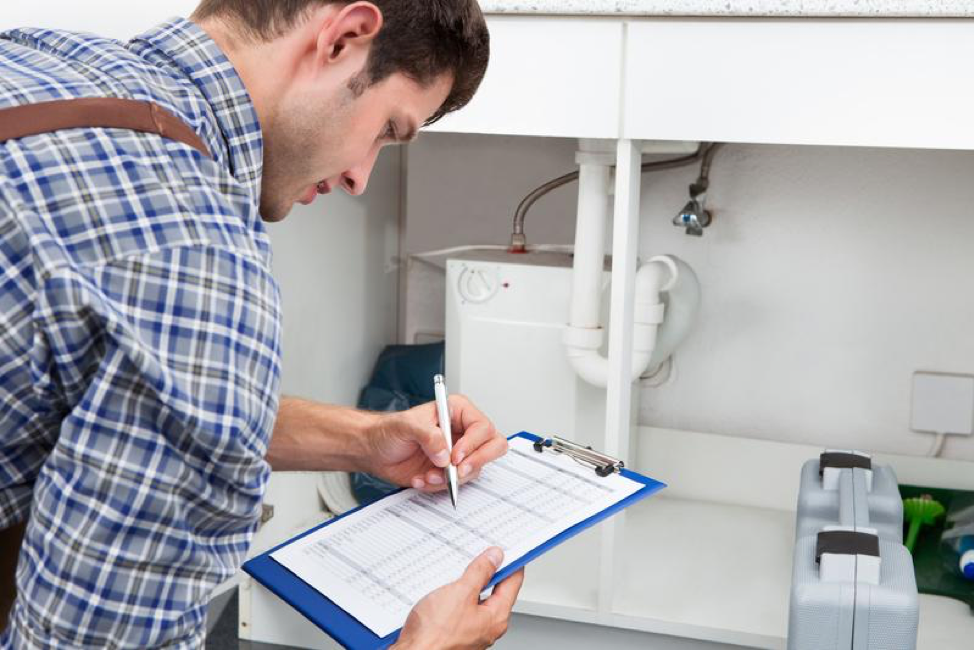When it comes to your business’s physical building and its maintenance, the temptation is there to put small things off for another time unless there’s a compelling reason not to do so. The trouble with that mindset is that often when small maintenance needs aren’t addressed, they can quickly escalate into big problems.
It’s important to have a plan of action in place to deal with building maintenance issues when they happen. Preventive maintenance helps you avoid costly or emergency repairs that can have a negative impact on your business. Applying the right safety resources in your business can help with those preventative measures. The following six maintenance needs should be on the checklist of every business.
1. Power Outlets
Thousands of fires each year are caused by faulty electrical outlets. Routine electrical outlet maintenance should be at the top of your preventive maintenance checklist. Inexpensive outlet testers can be bought and used to check for problems with all electrical outlets, inside and out. When new wiring or parts are needed, select quality materials as opposed to the least expensive, because the safety of your employees and your business is worth it. Damaged or old wiring should be replaced as soon as it’s discovered by a qualified electrician.
2. Gutter Cleaning
Dirty gutters are a good example of a simple maintenance task that can quickly escalate into a business nightmare. Gutters clogged with debris, leaves, and sticks can lead to water damage and leaking roofs. Clogged gutters can also make ideal nesting places for bees, mold, pests, and rodents. To avoid gutter problems, gutter cleaning should be scheduled in the spring and fall. Waiting until all the leaves have fallen in autumn is recommended. More frequent cleaning may be required if there are a number of trees around your building. Gutter covers may be an option to help with gutters that clog quickly and easily, though they can’t eliminate the problem alone.
3. HVAC Systems
Heating, ventilation, and air conditioning, the technology that controls your indoor environment, should be another important item on your list. At least twice a year, have an HVAC technician inspect your system and take care of routine maintenance. The system should be cleaned, filters replaced, and leaks repaired. Some air handling units require the filters to be changed more often than every six months. Ask the technician you work with for details. Responsibly maintaining your HVAC system is a great way to improve the air quality in your business environment and to save money through efficiency as well.
4. Plumbing and Restrooms
There’s a lot more to your restrooms and plumbing than meets the eye, and leaks aren’t always visible. Regular maintenance here is crucial. Water heaters and boilers should also be periodically inspected as well as fire-tested using flue gas analysis for safety. Starting with the restrooms, inspect for leaks and unusual sounds. Sump and sewage ejection pumps should be checked for function on occasion and replaced when needed. You may have issues with the main sewer line if the sinks back up or if you notice discolored, smelly water. Additionally, because restroom fixtures withstand heavy use, they should be evaluated periodically in case of leaks and wear.
5. Lighting
Poorly maintained lighting fixtures not only fail to provide adequate lighting, but they can also increase your energy bills. Regularly inspect all lighting fixtures, replacing bulbs or units when needed. Also check any fixtures with control gear, transformers, or accessories like color filters, glare baffles, or spread lenses. Ensure there’s no damage to cables, particularly if they are outdoors. Since some lighting components can contain lead or mercury, it’s important to safely store bulbs until they can be removed by a certified person.
6. Roofing
In putting together a roof management program, you can effectively deal with or eliminate recurring issues and unexpected failures. Such a program goes beyond preventive maintenance to corrective action that may help increase the longevity of your roof. Your roofing should be inspected at least twice a year and after any significant storm. It’s important to have a file for each roof your business has to manage and to know all applicable warranty information for each. The roof drains should be kept clean and clear of debris. Inspect for corrosion on metal roofs and plan a moisture survey every five years to make sure you know the state of your roof at all times.
Another thing to just keep in mind is the grounds. Groundskeeping is important to keep up the visual appeal of your business. You don’t want your store or ofice building to look overgrown with vegitation and dead trees. It doesn’t help with the first impression customers or clients get when they visit you. Using a company that can take care of the landscaping or at the least remove dead trees will provide your business with a professional and fresh look that can be maintained throughout the seasons.
Conclusion
By staying on top of preventive maintenance, businesses can be proactive and deal with building maintenance issues before they become big problems. Having a preventive maintenance checklist and sticking to it also ensures the safety of your building and can increase its real estate value and cost efficiency. It can also help you avoid any standard safety violations.
Liked this article? Here are some others you might enjoy:
